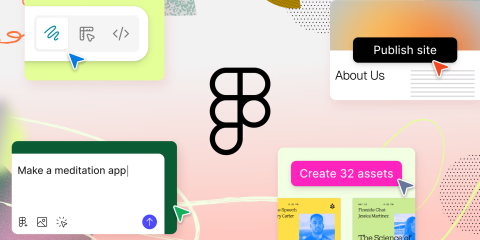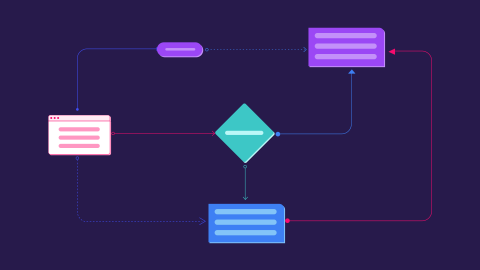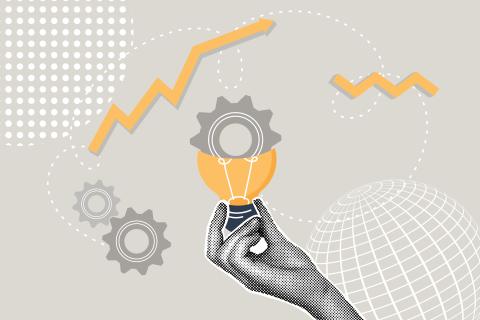Bridging the Gap Between Design & Development: Why Cross-Disciplinary Collaboration Matters

Design & Development: Better Together
In the world of digital products, true success doesn’t come from just great design or flawless code, it comes from collaboration. When designers and developers work closely together, the result is more than a finished product. It’s a shared vision brought to life in a way that’s thoughtful, functional, and impactful for users.
Why Collaboration Matters
Design and development are often seen as separate worlds. Designers are driven by the user experience, creativity, and aesthetics. Developers focus on logic, performance, and making things work. But when these two perspectives come together early and often, they can complement each other in powerful ways.
This collaboration isn’t about stepping on toes; it’s about stepping into each other’s shoes. When both sides understand what the other is trying to achieve, they speak the same language, and the end product reflects that unity.
Understanding the Roles
One of the most effective ways to foster collaboration is simply by learning more about what each role entails. Designers are involved in user research, prototyping, and visual storytelling. Developers take those ideas and bring them to life, considering scalability, accessibility, and technical limitations.
At Insomniac Design, for example, exercises like norming sessions, RACI charts, and personal user manuals have helped teams build a clearer understanding of each other’s responsibilities and working styles. These kinds of practices encourage transparency, empathy, and smoother handoffs.
Common Challenges
Of course, collaboration isn’t always easy. Teams working in silos can face conflicting priorities, unclear expectations, or even mistrust. Designers may feel that their ideas are being compromised. Developers might be frustrated by vague specifications or unrealistic designs. These challenges are normal, but they don’t have to be permanent.
What We Gain from Collaboration
When design and development teams collaborate intentionally, everything feels more connected. There’s less confusion, less backtracking, and more momentum. Design decisions become more informed by technical realities, and development feels more engaged in the creative process. The end result? Products that feel cohesive, well-thought-out, and satisfying to use.
How to Strengthen the Connection
Tools can help, but they’re not the whole answer. It’s more about the habits we build: regular check-ins, open feedback loops, shared documentation, and making space for joint decision-making. Whether it’s through design platforms with dev features, like Figma, or version control systems that support branching workflows, what matters most is that we stay connected and collaborative throughout the project.
Learning from Experience
In our projects, cross-disciplinary collaboration was the turning point. The team overcame challenges not by working harder alone, but by coming together, aligning early, and trusting each other’s strengths. It’s a reminder that when we collaborate well, we don’t just deliver a product, we grow as a team.
A Shared Goal
At the heart of all this is a shared goal: to create something meaningful. That goal becomes easier to reach when we stop thinking of design and development as two separate paths and start treating them as one journey, taken together.



